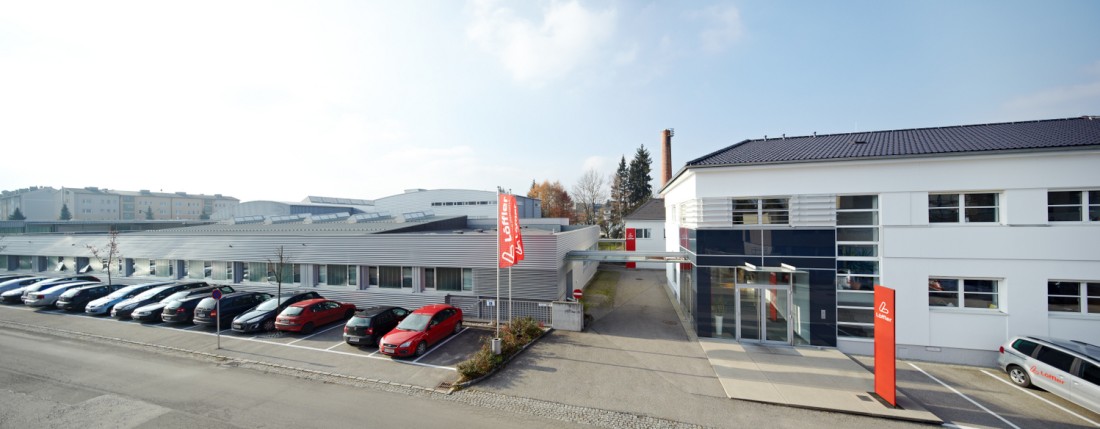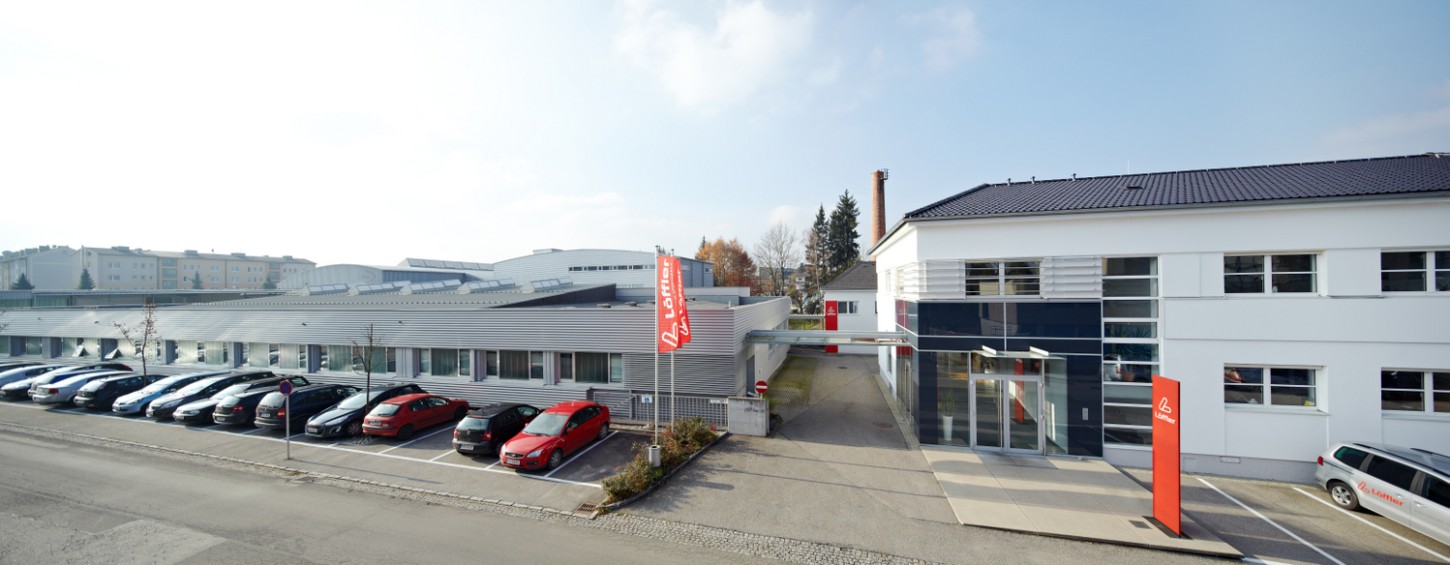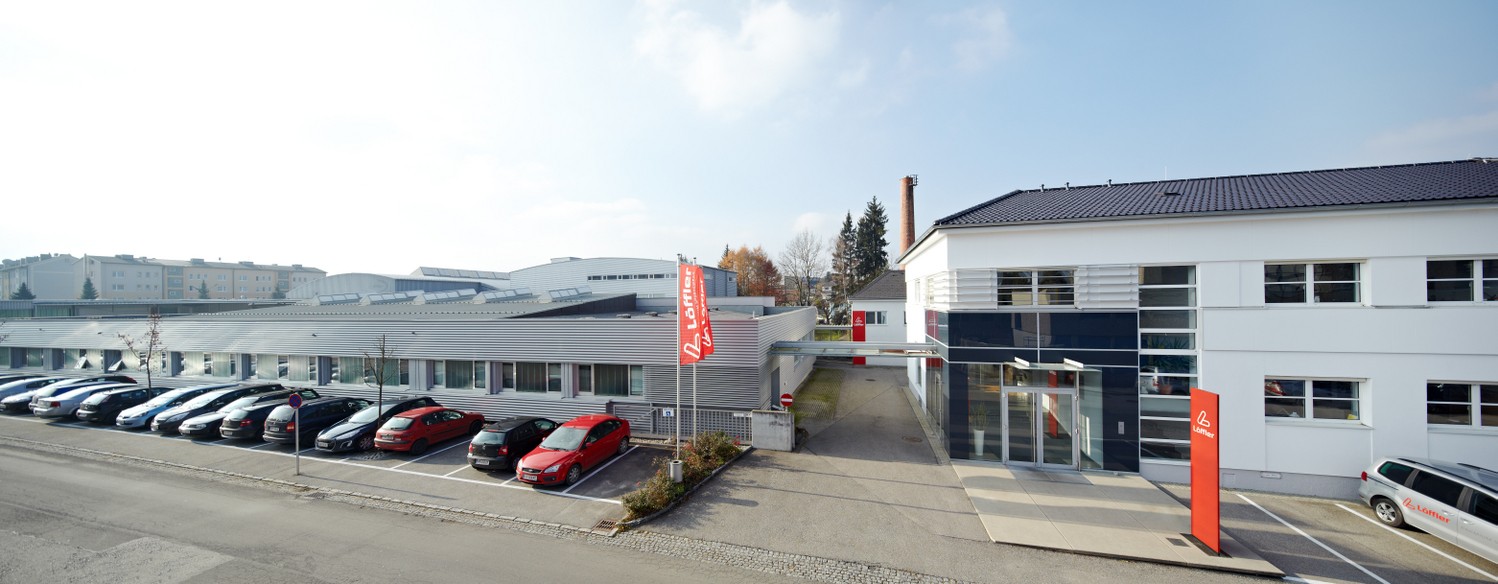WITH PASSION AND SUSTAINABILITY
Imagine a vibrant production facility where 280 dedicated individuals work day in and day out to ensure that from the first creative sketch to the finished product in your hands, everything runs smoothly. An impressive 70% of the fabrics you find with us are produced directly in our own knitting mill in the picturesque Ried im Innkreis in Upper Austria. And for what we can’t produce right on site for you? We then rely on European partners to keep the ecological footprint as small as possible through short transport routes.
But that’s not all: Every thread and material you discover with us not only meets the strictest legal standards, but is also tested and certified by independent entities. The result? All products you receive from us proudly bear the OEKO-TEX® Standard 100 label, a mark for materials that meet the highest health and environmental standards. Added to this is the OEKO-TEX® STeP certification, which stands for environmentally conscious textile production, top-notch workplace safety, and exemplary working conditions. With us, you choose not only quality but also responsibility.
More than two thirds of all Löffler fabrics are created in the company’s own knitting mill. 14 experts transform high-quality yarns into finished fabrics. With every thread we knit, we keep our promise: only yarns of the highest quality.
Every year we design more than 300 unique colour and fabric variations. And what drives us in the process? An impressive machine park:
- 25 specialised circular knitting machines that bring materials like transtex®, Race light and Elastic to life.
- 3 ultra-modern Seamless machines
- Each of these machines has up to 8,000 busy needles.
The impressive result? At full throttle, 52,000 needles ensure that no thread is out of line.
By way of comparison: in one year, we produce enough fabric to cover 113 football fields. That’s an unbelievable 150,000 kg of fabric, or in visual terms: about 2.5 football fields every week!
A little insight into the everyday life of our knitting mill: For the cycling trousers fabric, an impressive 15 km of yarn rattle through our machines every minute, that’s about 6.8 million stitches!
Imagine, our sewing machines rattling and humming in use for a total of an impressive 313,000 hours! But that’s not all: the amount of yarn flying through their needles stretches to an incredible 213,500 km. To put that in perspective: That’s like circling the globe 16 times on the equator with a single thread.



